Using the latest technologies, drones, point cloud, SCHARLY DESIGNER STUDIO will provide all the key steps typically involved in the purpose of site planning:
1. Site Analysis: Conduct a thorough analysis of the site, principles of site planning including its physical characteristics, environmental conditions, and any constraints or opportunities it presents. This analysis may include studying the topography, soil composition, drainage patterns, vegetation, existing infrastructure, and nearby amenities.
2. Establishing Goals and Objectives: Determine the goals and objectives of the project or development. Consider factors such as the desired land use, functional requirements, sustainability goals, and the needs of the community or stakeholders.
3. Design Concept Development: Develop a design concept that outlines the overall vision for the site. Consider factors such as building placement, circulation patterns, open spaces, and the relationship between structures and the surrounding environment. This step may involve creating sketches, diagrams, or 3D models to explore different design options.
4. Regulatory and Zoning Compliance: Understand the local zoning regulations, building codes, and other legal requirements that may impact the site planning process. Ensure compliance with these regulations to obtain necessary permits and approvals.
5. Infrastructure Planning: Plan for essential infrastructure and utilities, such as roads, parking, water supply, wastewater management, electricity, and telecommunications. Ensure that the site is properly serviced to support the intended land use and development.
6. Circulation and Access: Design efficient and safe circulation patterns within the site, including vehicular and pedestrian access. Consider factors such as parking requirements, traffic flow, pedestrian pathways, and accessibility for people with disabilities.
7. Open Space and Landscape Design: Integrate open spaces, green areas, and landscaping elements into the site plan. Consider factors such as aesthetics, recreational opportunities, biodiversity, and environmental sustainability.
8. Sustainability Considerations: Incorporate sustainable design principles and practices into the site plan. This may include strategies for energy efficiency, water conservation, stormwater management, and the use of eco-friendly materials.
9. Phasing and Implementation: Determine the phasing and implementation strategy for the site plan. Consider the practicalities of construction, budget constraints, and the timeline for development.
10. Stakeholder Engagement: Involve stakeholders, such as local communities, residents, and relevant authorities, in the site planning process. Seek their input, address concerns, and ensure that the site plan reflects their needs and aspirations.
Site planning process requires expertise in architecture, urban design, engineering, and landscape architecture. It is a collaborative process that involves coordinating with various professionals to create a comprehensive and well-designed plan for a specific site.
SITE PLANNING PROJECTS
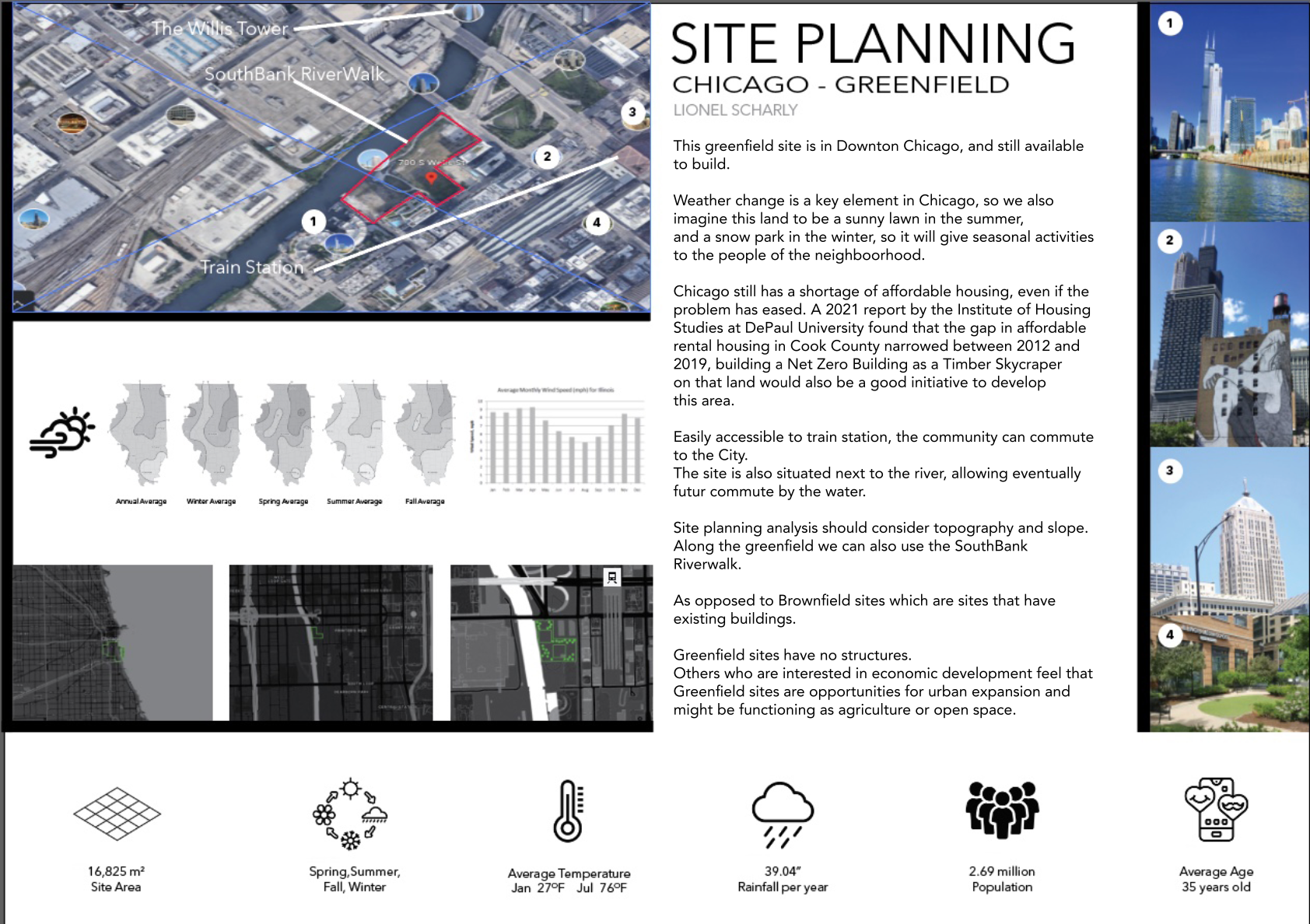
Site Planning
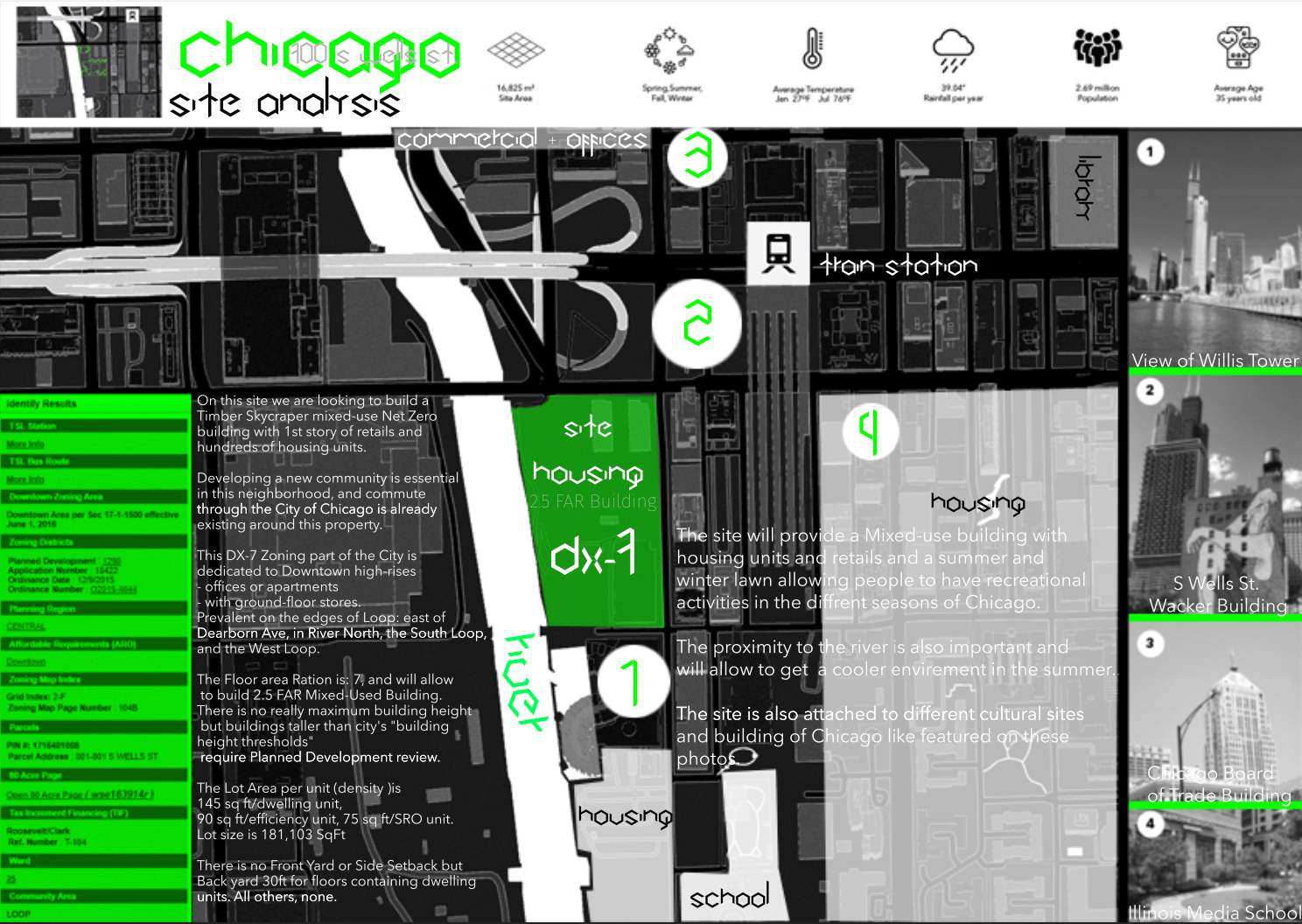
Site Analysis

Site Analysis
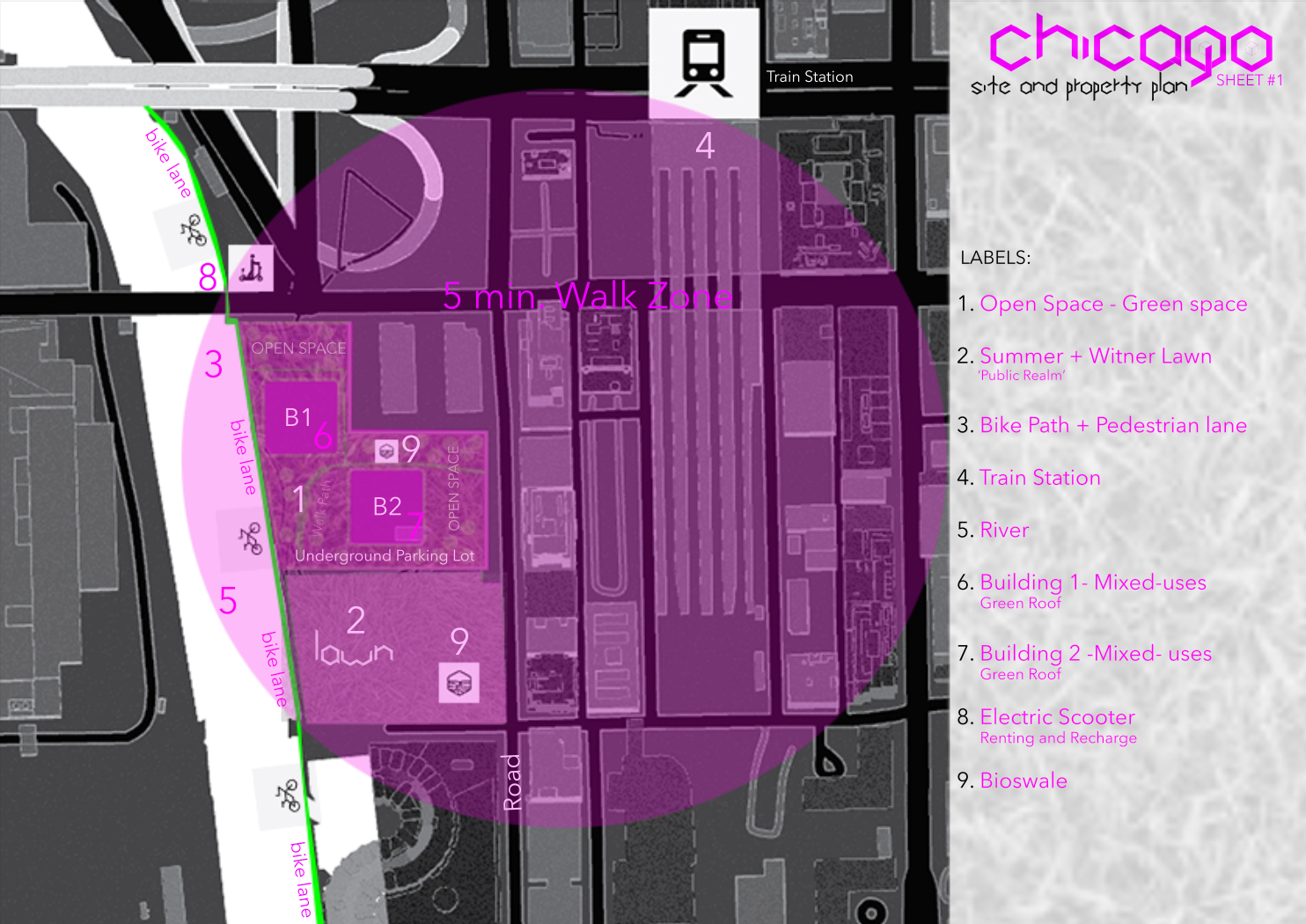
Zoning Map
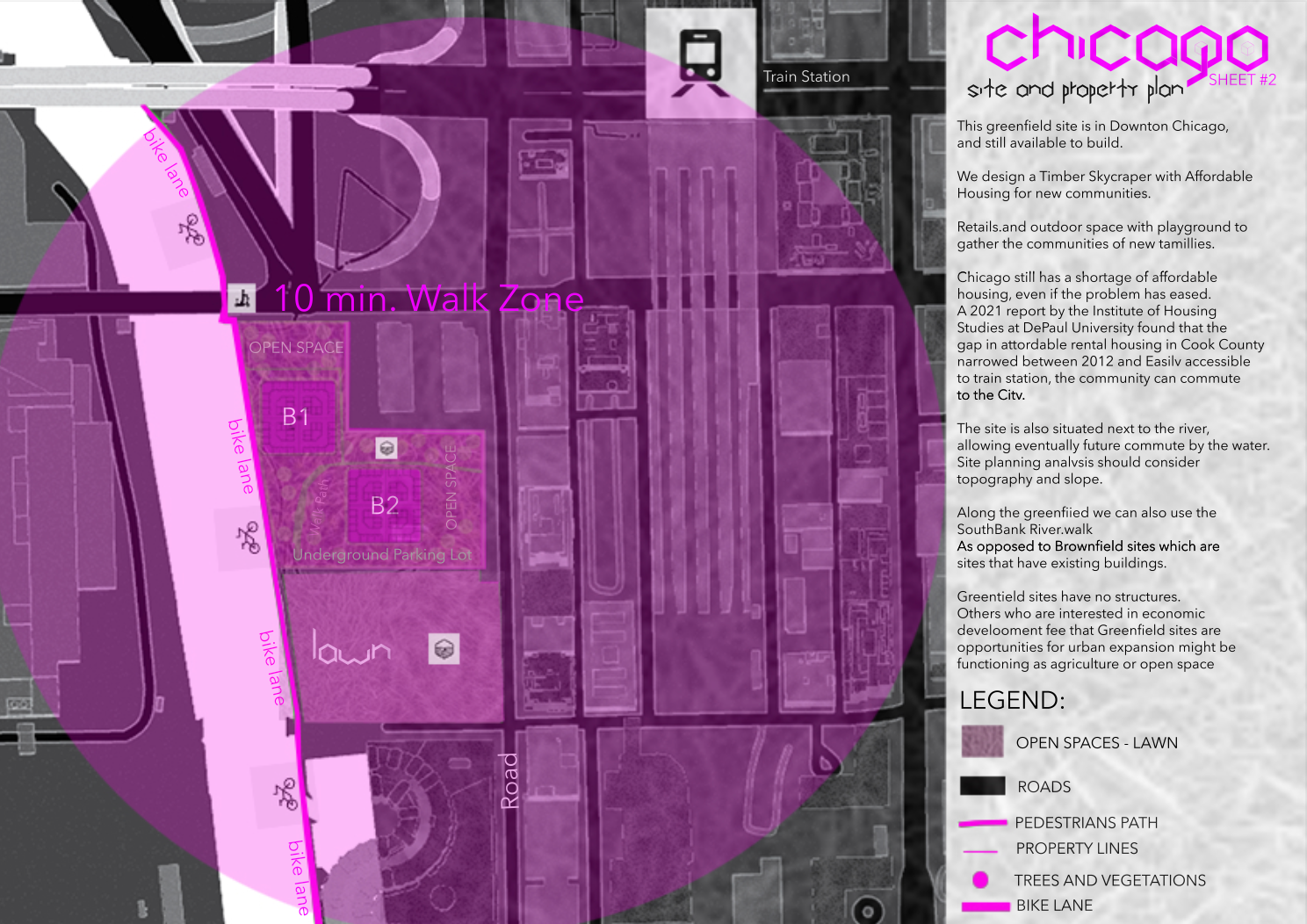
Zoning Map

Site Planning

Site Planning
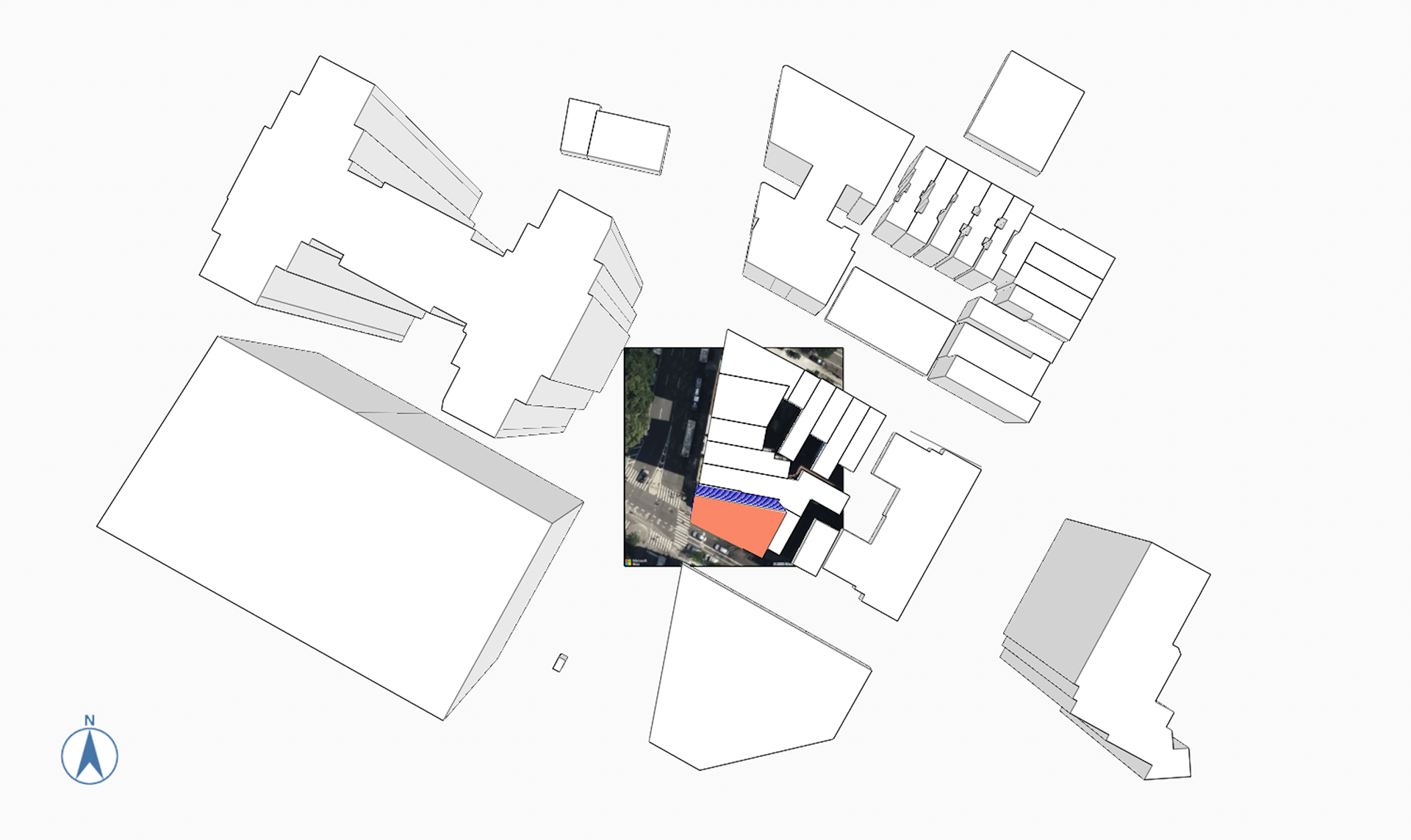
Site Planning
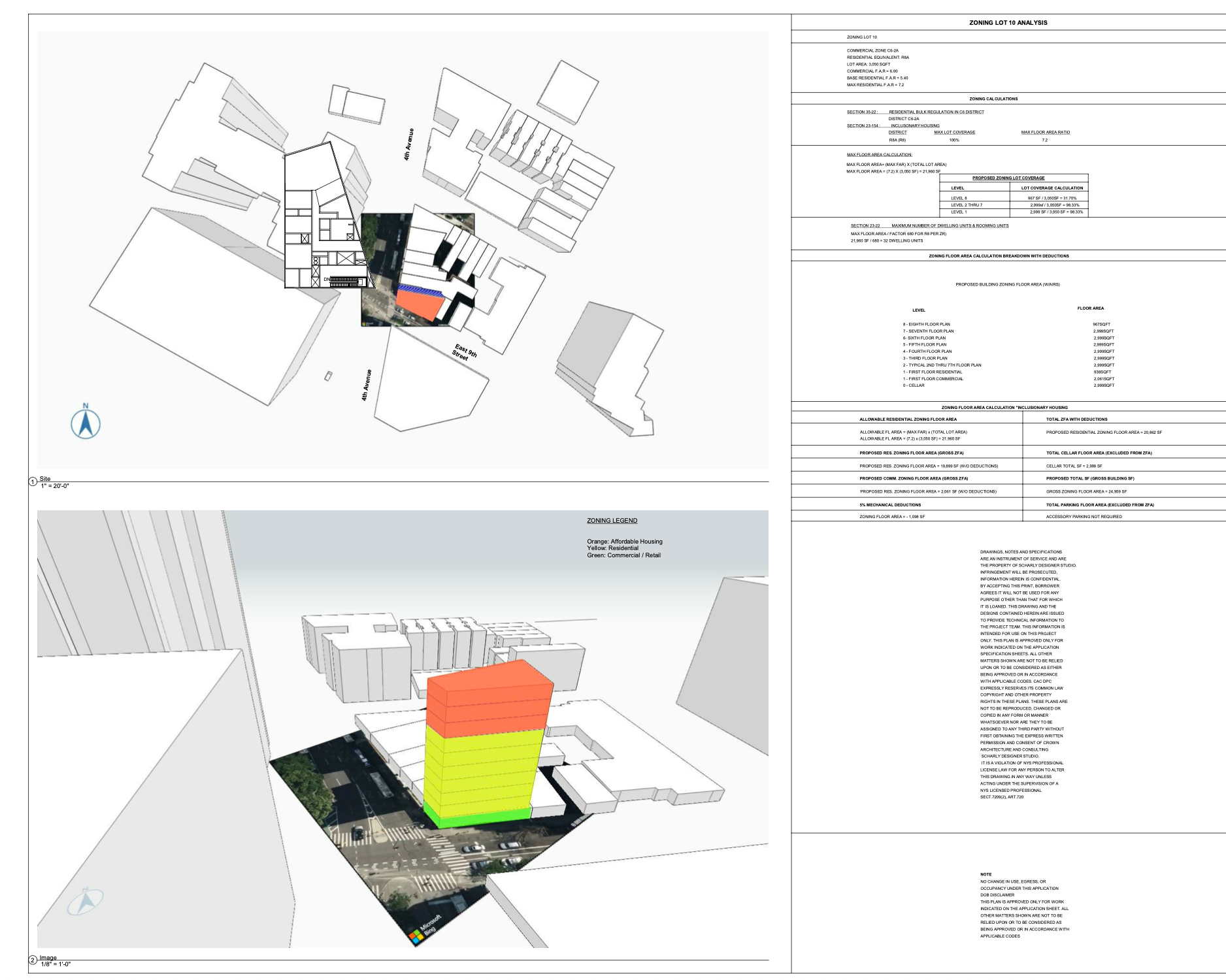
Zoning Analysis

Urban Planning
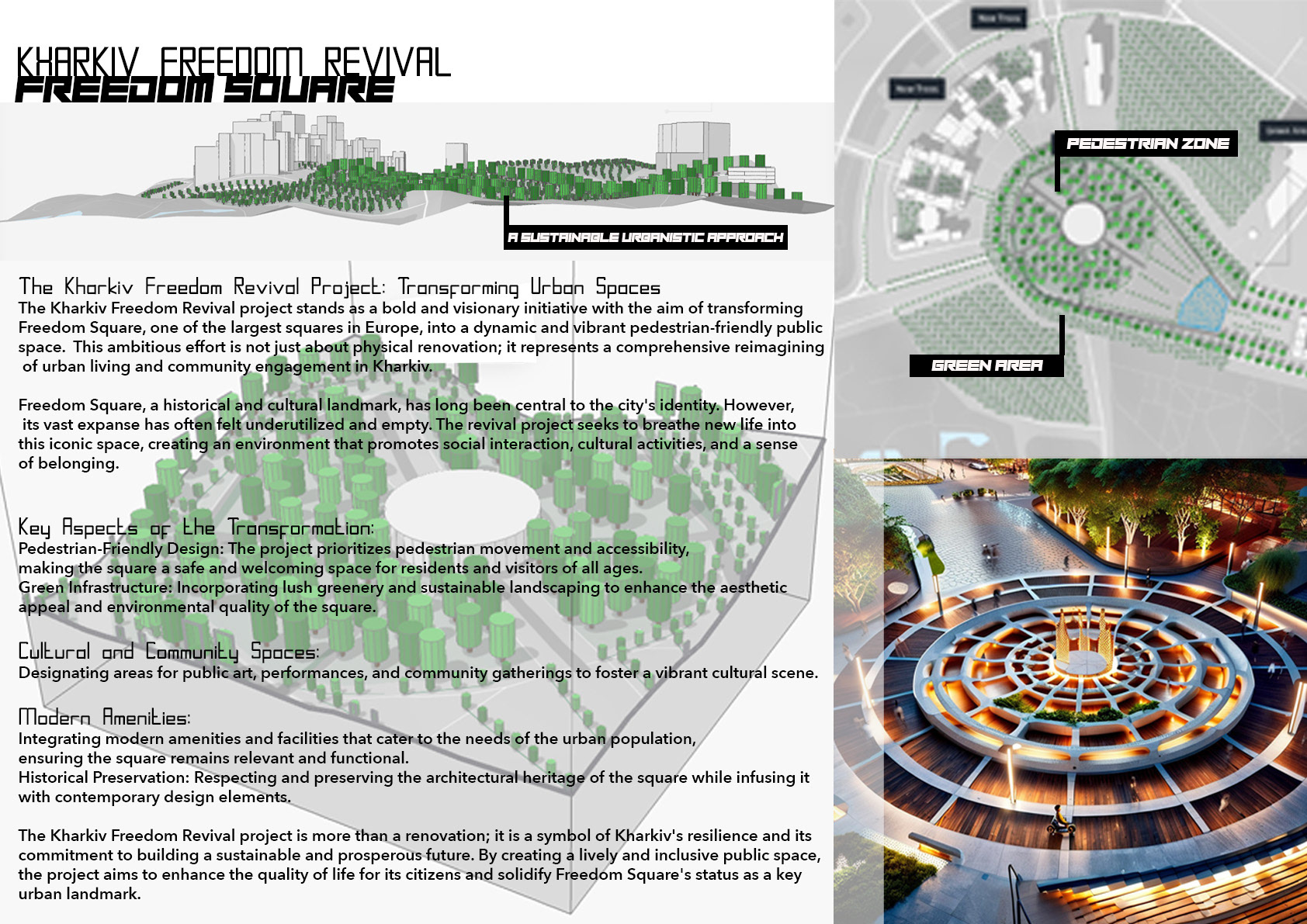
Urban Planning
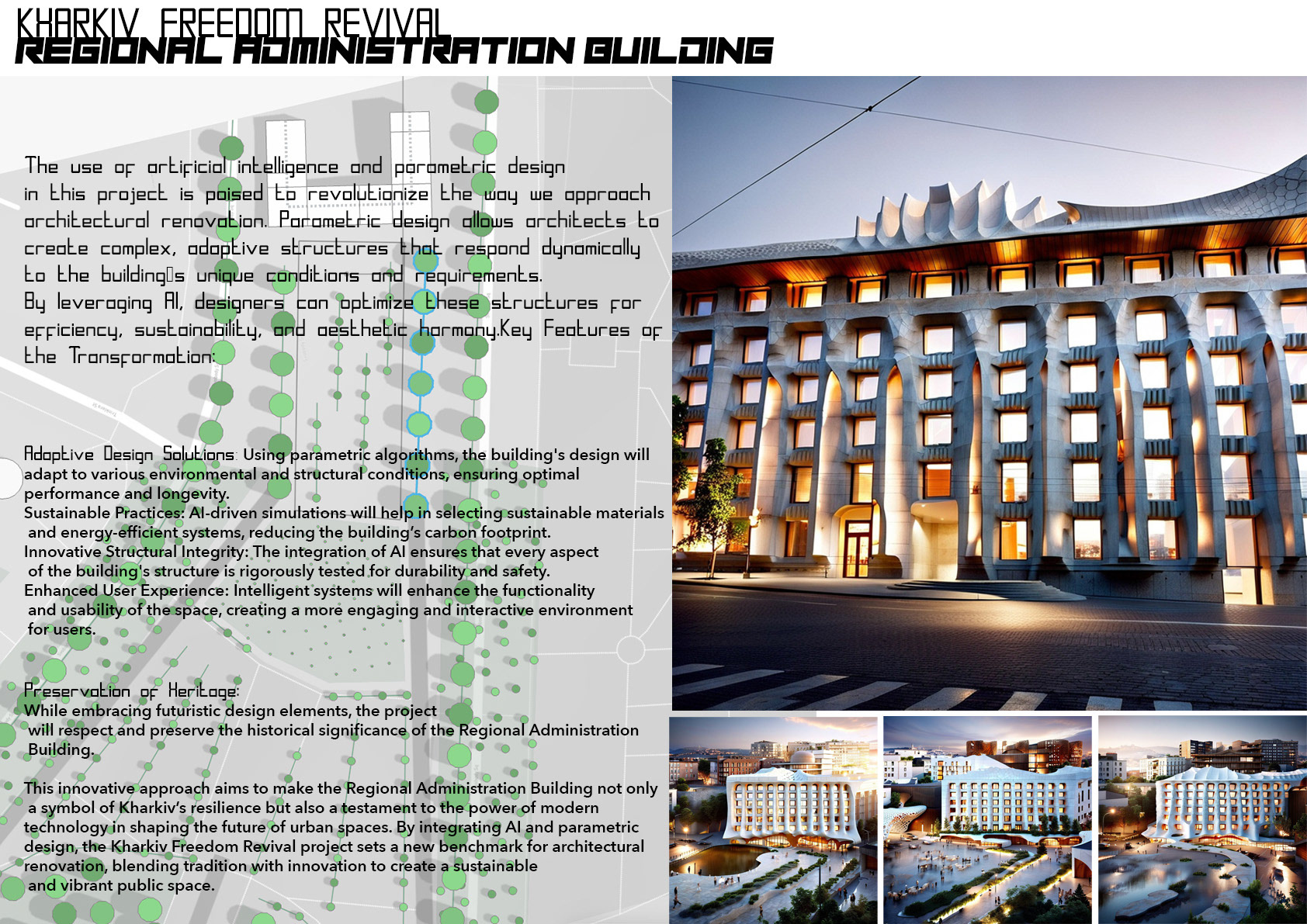
Urban Planning

